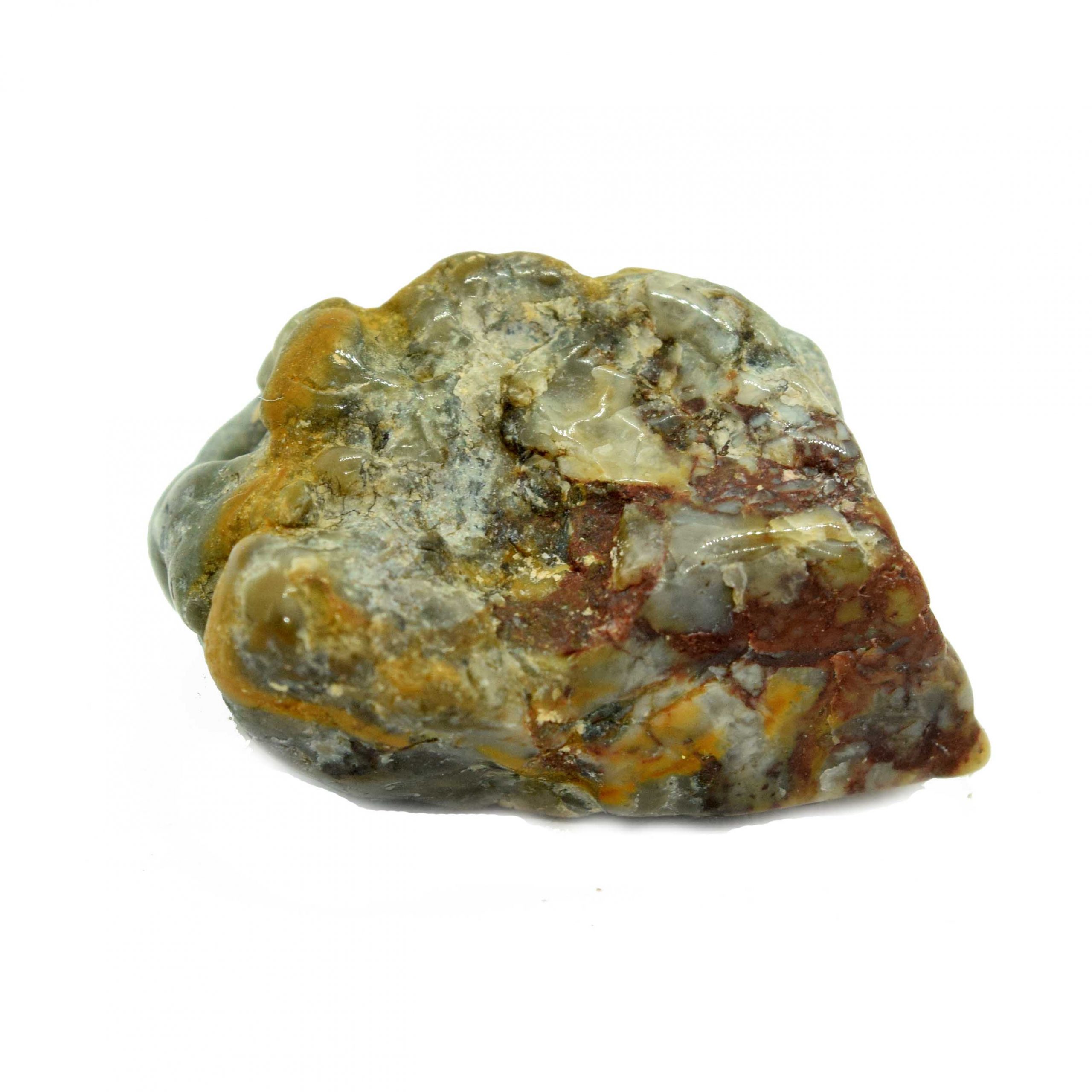Description
Dinosaur Poo (Coprolite)
Dinosaur Poo (Coprolite) Single piece of Dinosaur Coprolite, fossilized Dinosaur Poo. Around 80 Million Years old.
Found in a dinosaur graveyard called the Morrison Rock Formation in Utah, USA.
This coprolite is from the Cretaceous Period, the time of T.Rex and Velociraptors!
This piece has been tumbled (polished) giving the poop a beautiful lustre!
Approx Size: 15mm – 20mm
Coprolites are classified as trace fossils as opposed to body fossils. They give evidence for the animal’s behaviour.
Dinosaur coprolite (Dinosaur Poo) is fossilized animal dung. Like other fossils, coprolites have had much of their original composition replaced by mineral deposits such as silicates and calcium carbonates. The name comes from the Greek words ‘kopros’, meaning “dung” and lithos, meaning “stone”.
They serve a valuable purpose in paleontology because they provide direct evidence of how extinct lived.
Victorian Fossil hunter Mary Anning had noticed that “bezoar stones” were often found in the abdominal region of ichthyosaur skeletons. Found in the Lias formation at Lyme Regis, she also noted that if such stones were broken open they often contained fossilized fish bones and scales as well as sometimes bones from smaller ichthyosaurs. It was these observations by Anning that led the geologist William Buckland to propose in 1829 that the stones were fossilized feces and named them ‘coprolites’.
By examining coprolites, paleontologists are able to find information about the diet of the animal (if bones or other food remains are present). Like whether it was a herbivorous or carnivorous.
In one example these fossils can be analyzed for certain minerals that are known to exist in trace amounts in certain species of plant that can still be detected millions of years later.






